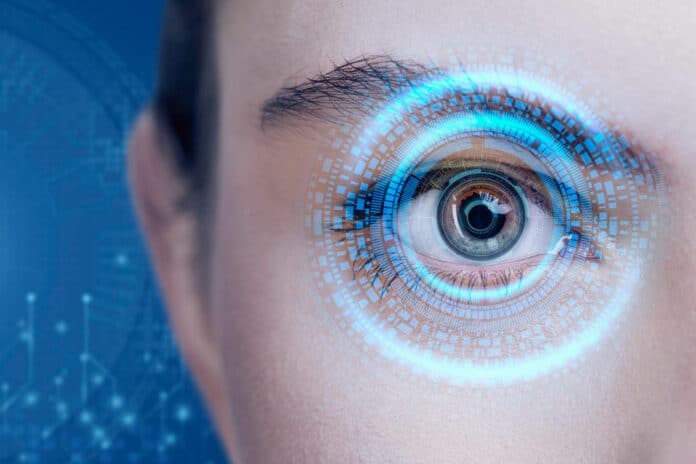Neuroprosthetics, devices designed to interact with the nervous system to restore lost functionality, is a developing area of research that has the potential to vastly improve quality of life.
Cochlear implants are a well-known example of these devices, as they can help people with severe hearing loss by converting sound into electric signals that directly stimulate the auditory nerve.
Researchers are now exploring whether a similar approach could be used to restore vision for people with damaged photoreceptors in the eye. This involves a multidisciplinary group of experts from various fields, including engineering, neuroscience, clinical medicine, and biotechnology.
While progress is being made, it’s still in the early days, and much research is needed before this technology can be used to help people with visual impairments.
UNSW researcher Dr Udo Roemer, an engineer who typically works on photovoltaics, is currently exploring ways to use solar technology to convert light entering the eye into electricity, which could then transmit visual information to the brain, bypassing the damaged photoreceptors.
“People with certain diseases like retinitis pigmentosa and age-related macular degeneration slowly lose their eyesight as photoreceptors at the center of the eye degenerate,” Dr. Roemer says. “It has long been thought that biomedical implants in the retina could stand in for the damaged photoreceptors. One way to do it is to use electrodes to create a voltage pulse that may enable people to see a tiny spot. There have already been trials with this technology. But the problem with this is they require wires going into the eye, which is a complicated procedure.”
The idea involves using a tiny solar panel attached to the eyeball and converting light into electric impulses for the brain to create visual fields. The panel would be a naturally self-powered and portable solution without the need for cables and wires.
Dr. Roemer’s focus on using other semiconductor materials, such as gallium arsenide and gallium indium phosphide, is a unique approach compared to the silicon-based devices that have been previously investigated. These materials are easier to tune and are already used in the solar industry to make more efficient solar panels. However, they are not as cost-effective as silicon.
“In order to stimulate neurons, you need a higher voltage than what you get from one solar cell,” Dr Roemer says. “If you imagine photoreceptors being pixels, then we really need three solar cells to create enough voltage to send to the brain. So we’re looking at how we can stack them, one on top of the other, to achieve this. With silicon this would have been difficult, that’s why we swapped to gallium arsenide where it’s much easier.”
Dr Roemer says the research is in the proof-of-concept stage. “So far, we’ve successfully put two solar cells on top of each other in the lab on a large area – about 1cm2, which has got some good results.”
The next step will be to make them into the tiny pixels required for sight and etching the grooves to separate them. It will then be a small step to increase the stack to three solar cells.
Dr Roemer believes that once this technology has undergone rigorous testing in the lab and animal models, it may be ready for human trials. At that point, the device is expected to be approximately 2mm2 in size, with pixels measuring around 50 micrometers (0.05mm). However, it’s important to note that there is still a long way to go before this technology can be implanted in the retinas of individuals with degenerative eye conditions.
“One thing to note is that even with the efficiencies of stacked solar cells, sunlight alone may not be strong enough to work with these solar cells implanted in the retina,” he said in the press release. “People may have to wear some sort of goggles or smart glasses that work in tandem with the solar cells that are able to amplify the sun signal into the required intensity needed to reliably stimulate neurons in the eye.”
